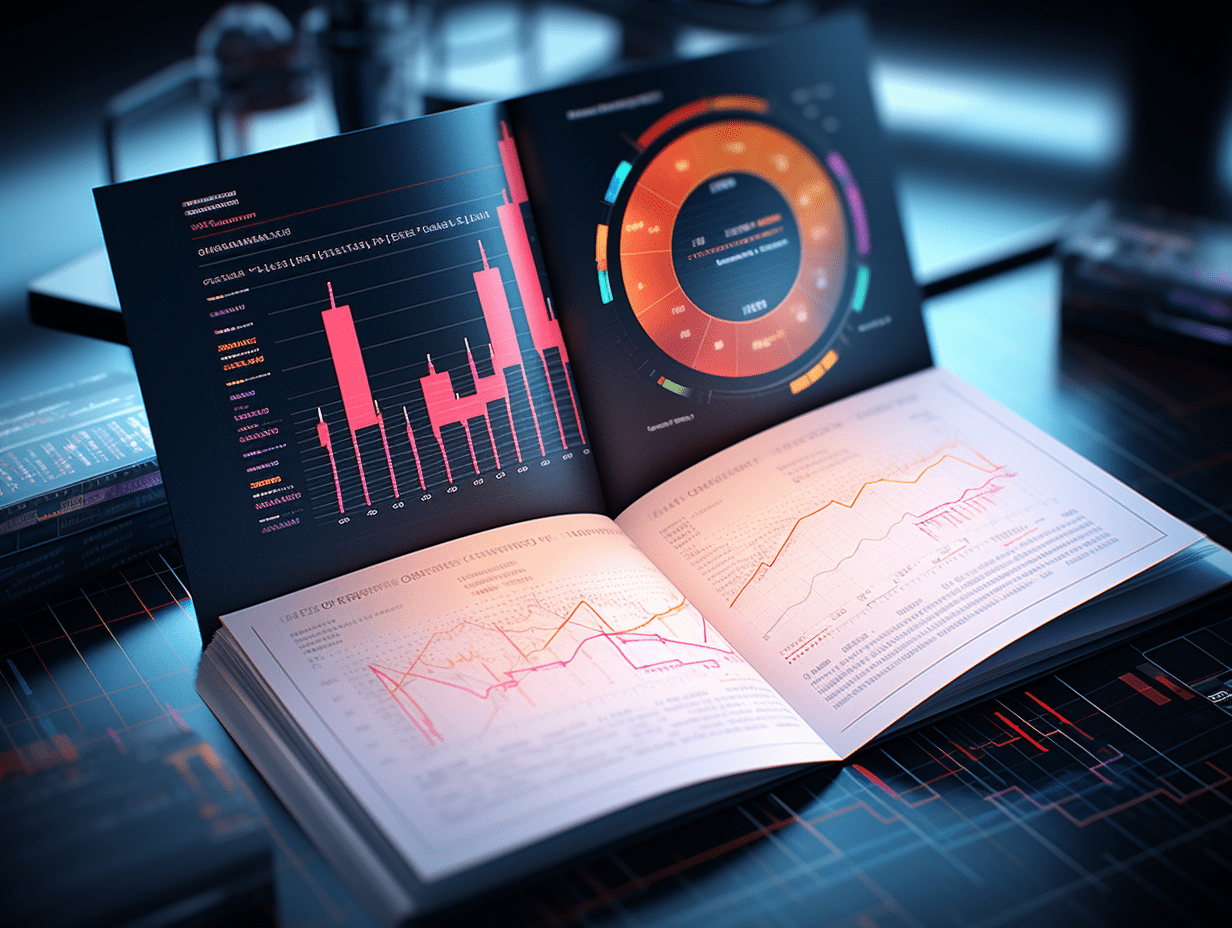J.P. Morgan firmly believes in the logic of AI and the gold bull market, and advocates increasing holdings in TSMC, Alibaba, and Tencent.
Investment bank J.P. Morgan said that the market has underestimated the possibility of a trade agreement between the United States and China by the end of October, and this development would temporarily ease tensions between the two major economies and extend this year's rally in risk assets.
Wall Street financial giant J.P. Morgan recently stated that the market is underestimating the possibility of reaching a US-China trade agreement by the end of October. This development will temporarily ease tensions and extend the risk asset rally for the remaining time of this year for the two major global economic powers.
Christopher Wood, a senior strategist at J.P. Morgan, pointed out in his report "Greed and Fear" released on October 16 that President Trump's tariff threats are more of a negotiation strategy than a fixed policy.
From tariffs to games
Wood proposed the "ultimate agreement" scenario: the US lifts restrictions on semiconductor exports, and China removes restrictions on rare earths - this is based on the logic of exchanging chips. China currently holds 92% of the market share in the US critical rare earth magnet market, while US controls are accelerating the localization of the Chinese chip industry.
Wood analyzed that Trump is not a "national security fanatic," and may privately agree with the views of NVIDIA CEO Huang Renxun, that the chip ban has caused US companies to lose their largest customer base. J.P. Morgan data shows that NVIDIA's sales to China have plummeted from 26% in 2022 to 6% this year.
Market expectations for an agreement
Despite the continuous talk of tariffs, the stock market remains strong. Wood's baseline forecast shows that the "US-China summit" will at least reach a partial agreement, easing the "uninvestable" label of Chinese assets in the eyes of US fund managers. Polls show that 60% of Americans oppose the tariff agenda, and farmers and consumers have felt the pressure.
AI capital spending frenzy continues to drive US stocks
Wood emphasized that spending on AI infrastructure is still the core driver of the rise in US stocks, and the Federal Reserve's loosening expectations exacerbate this trend. The collaboration between OpenAI and Broadcom to develop a 100 billion watt bespoke AI chip indicates an increase in capital intensity. "Media speculation about an 'AI bubble' is a sign that the stock market has not peaked," he pointed out that large-scale enterprises are investing cash rather than borrowing, but private credit and leveraged traders are pouring into the battlefield, aggravating the double surplus.
Gold and the US dollar: a narrative of double depreciation
After gold prices broke through $4200 per ounce, Wood reiterated his long-term target of $6600 per ounce, emphasizing that the real value of the dollar has depreciated by 99% since 1971. In terms of pricing in gold, the current value of the dollar is only 0.8% of that in 1971, which is the true cost of abandoning the gold standard. Based on worsening fiscal pressures (the Congressional Budget Office predicts a 6.9% annual increase in interest spending, far exceeding nominal GDP growth of 3.8%), he maintains a negative outlook on the structural dollar.
Australia: a fragile recovery
The report points out that a slowdown in Australian inflation, declining interest rates, and a rebound in the housing market suggest the end of the recession, with per capita disposable income rebounding from the low point of last year by 2.4%, supported by housing credit growth and an influx of immigrants.
But Wood warned that productivity continues to deteriorate, with job recovery being driven mostly by the public sector. Corporate profits have been weak (average annual EPS growth of the MSCI Australia index has been only 2.8% since 2017), with valuations dependent on forced pension fund inflows and tax-free dividends maintenance. Gold mining stocks have risen by 113% so far this year, but they account for only 2.8% of the MSCI index weight, which Wood calls a strategic misjudgment by mainstream funds.
Portfolio adjustments
In the theme report "Greed and Fear," J.P. Morgan recommends fund managers and investors to increase their positions in Taiwan tech stocks (TSMC/MediaTek) and Chinese tech giants (Alibaba/Tencent/BYD Company Limited), while reducing their positions in India. This report from J.P. Morgan believes that while the unprecedented AI super wave is being led by the US, the current wise move is to focus on Asian hardware and internet NETDRAGON assets rather than chasing the US AI concept hype.
Related Articles

National Energy Administration: As of the end of September, the total number of electric vehicle charging infrastructure (charging guns) in China reached 18.063 million, an increase of 54.5% year-on-year.

Trump signals easing of tariffs, emerging market stocks hit four-year high.

European Union countries are close to reaching an agreement to ban the import of Russian natural gas by the end of 2027.
National Energy Administration: As of the end of September, the total number of electric vehicle charging infrastructure (charging guns) in China reached 18.063 million, an increase of 54.5% year-on-year.

Trump signals easing of tariffs, emerging market stocks hit four-year high.

European Union countries are close to reaching an agreement to ban the import of Russian natural gas by the end of 2027.

RECOMMEND





